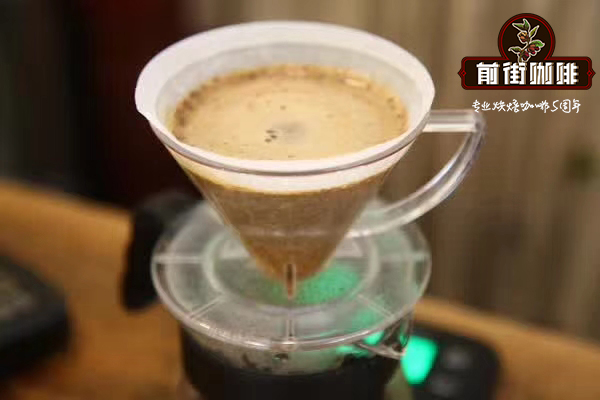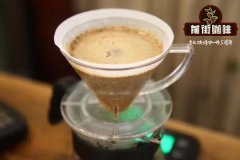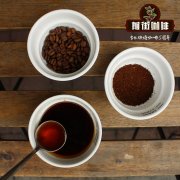What is the Colombian grading standard? what is the Coca Joyo Cup? Colombian coffee raw bean name
Colombian grading standard [by legume size]:
Grade Grade
Supamo SC-18:Supremo Sc-18
Supamo SC-17/18:Supremo Sc-17/18
Selected European standard: 10% Excelso EP10%
Top quality: Excelso UGQ
Micro-lot refers to high-quality coffee in small (or small) batches. Unlike the usual sense of producing area beans or manor beans, the source range of micro-batch coffee may be smaller, such as a small farmer in a cooperative, or a field in an estate, all of which are based on Cupping results, 10KG as a unit of a small sack.
The meaning and rules of the name of Columbia Coffee Raw Bean
Colombia Huila Supremo SC17/18 FNC
Country + producing area + graded name + other
FNC:Federacion Nacional de Cafeteros de Colombia Colombian Coffee Association or Colombian Coffee Farmers Union
What is the Coca Zhuoyue Cup?
Bidding events such as the Coca Joyo Cup (Cauca Best Cup) have been held since 2014, jointly organized by well-known American traders, local exporters and the Coffee Association of Colombia. The first Coca Zhuoyue Cup received about 200 samples in 2014, compared with more than twice the number in 2015. About 500 small farmers will compete for the competition, and the organizers will select the top 30 from more than 500 samples. The top 12 will be selected by the international jury cup, and raw bean sellers and bakers from all over the world will bid on the last day of the event.
Competitions like the Cauca Cup are actually helpful. It not only increases the income of small farmers, but also has the opportunity to improve their living conditions, but also makes them more willing to invest and improve their coffee production to produce higher quality coffee. Local judges from 500 batches, only after four rounds of cup tests selected 30 batches to enter the finals, and 30 international judges conducted two rounds of cup tests to compare the top 10.

Important Notice :
前街咖啡 FrontStreet Coffee has moved to new addredd:
FrontStreet Coffee Address: 315,Donghua East Road,GuangZhou
Tel:020 38364473
- Prev

What are the characteristics of the varieties of coffee in Colombia?
In addition to the common coffee varieties in America, such as Caturra, Bourbon, Iron Pickup Typica and Parker Mara, Colombia also has its own three disease-resistant varieties, namely Castillo, Tabi and Colombia varieties with the same name as the country; of course, there are also some rare and precious varieties such as Gesha, Mocha Mocca with small particles,
- Next

Coffee slackers' Coffee Books recommend Coffee Professional Books
Professional coffee knowledge exchange more coffee bean information Please follow Coffee Workshop (Wechat official account cafe_style) since 1893 British missionaries brought coffee to Yunnan, China. Coffee has a history of more than 100 years in China. Coffee shops have sprung up like bamboo shoots after a spring rain after the popularity of coffee culture. In recent years, coffee is ushering in the second spring in China. More and more people begin to
Related
- Beginners will see the "Coffee pull flower" guide!
- What is the difference between ice blog purified milk and ordinary milk coffee?
- Why is the Philippines the largest producer of crops in Liberia?
- For coffee extraction, should the fine powder be retained?
- How does extracted espresso fill pressed powder? How much strength does it take to press the powder?
- How to make jasmine cold extract coffee? Is the jasmine + latte good?
- Will this little toy really make the coffee taste better? How does Lily Drip affect coffee extraction?
- Will the action of slapping the filter cup also affect coffee extraction?
- What's the difference between powder-to-water ratio and powder-to-liquid ratio?
- What is the Ethiopian local species? What does it have to do with Heirloom native species?

